by
SAHARA Co-Editors Jacqueline Spafford and Mark Hinchman, and Associate Editor Jeannine Keefer | Oct 17, 2023
The SAHARA collection contains extensive visual documentation of structures made with mud, stone, rammed earth, mud brick, and other natural materials. Some early structures such as the “beehive” houses of Harran, Turkey, have been built the same way for millennia. A renewed interest in using traditional materials and techniques alongside recycled materials and newer technology fits the mission of the Greater World Earthship Community in New Mexico.
To see more SAHARA content: sahara.artstor.org/#/login
To learn more about contributing, visit:sah.org/publications-and-research/sahara
SAHARA news: The entire SAHARA collection will soon be completely migrated to JSTOR. Details, and instructions for accessing and contributing content will be coming soon.
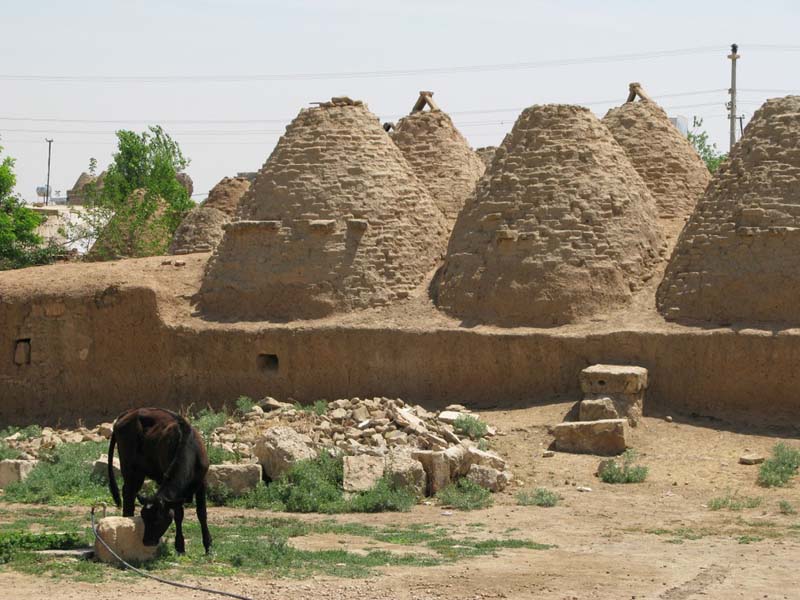
Beehive houses, Harran, Turkey, construction/repair ongoing. These stone and mud brick conical structures have been used in this region for millennia, with little change in design. Some incorporate several “beehives” on one rectangular base. Photograph by Angela Anderson, 2010.
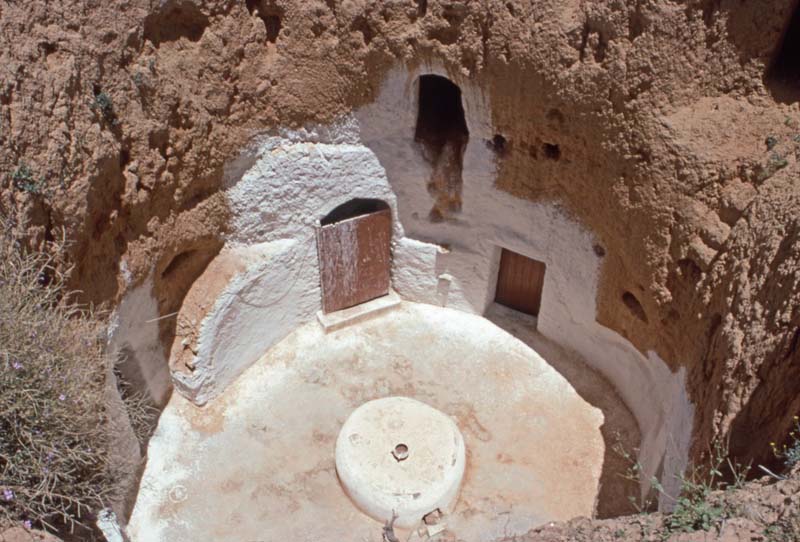
Underground dwelling, Matmata, Gabès, Tunisia, construction/repair ongoing. This region has over 700 of these underground compounds, with central courts and rooms connected by tunnels. Photograph by Gerald Moorhead, 1990.
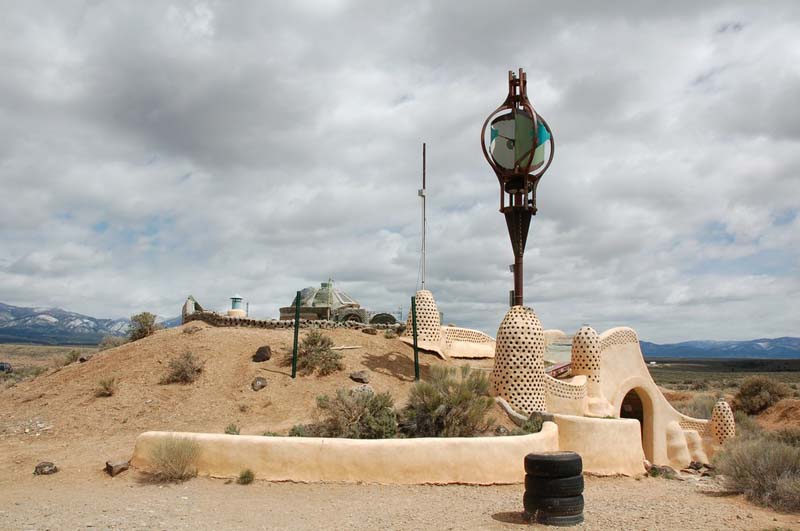
Michael Reynolds, semi-buried house in the Greater World Earthship Community, El Prado, New Mexico, 1971–present. The community is committed to sustainable living, and structures are made of recycled materials and rammed earth. Photograph by Leah Theis, 2012.

Potala Palace, Lhasa, Tibet, 637 (enlarged in the late 17th century). The palace, which was the winter home to the Dalai Lamas until 1959, is now a UNESCO World Heritage site. It is constructed of stone, rammed earth, plaster and thatch. Photograph by Chelsea Wait, 2009.
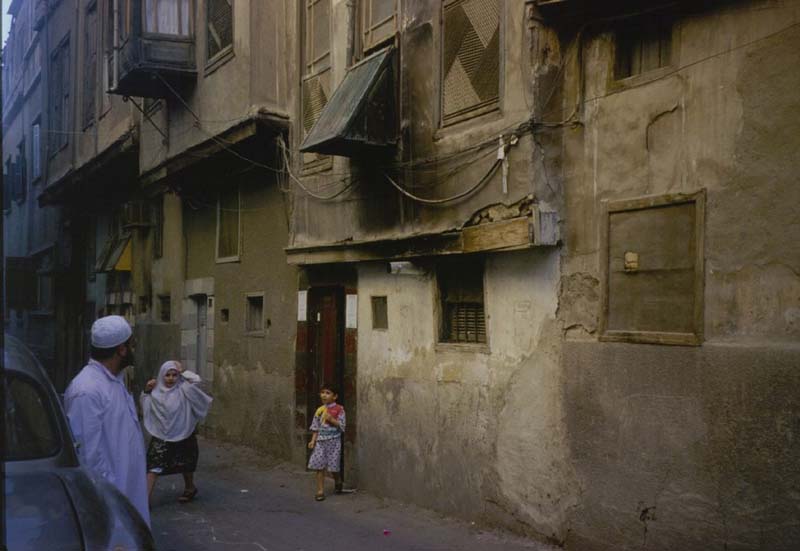
Residences, Damascus, Syria, late 19th–early 20th century. These multi-level dwellings are made of stone, mud and wood. Photograph by Jean-Luc Arnaud, 2003.
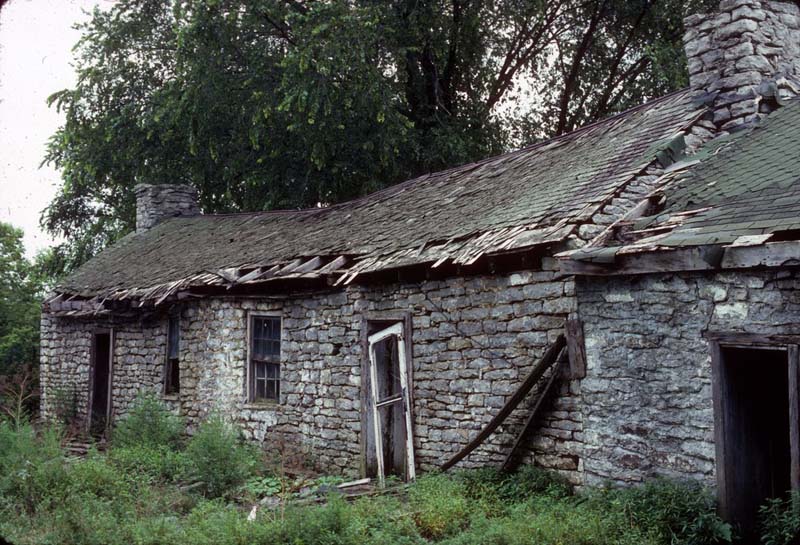
Emison Slave Quarters, Scott, Kentucky, early 19th century. This series of conjoined one-room quarters were made of rubble stone and mud mortar. Photograph by Dell Upton, 1978.
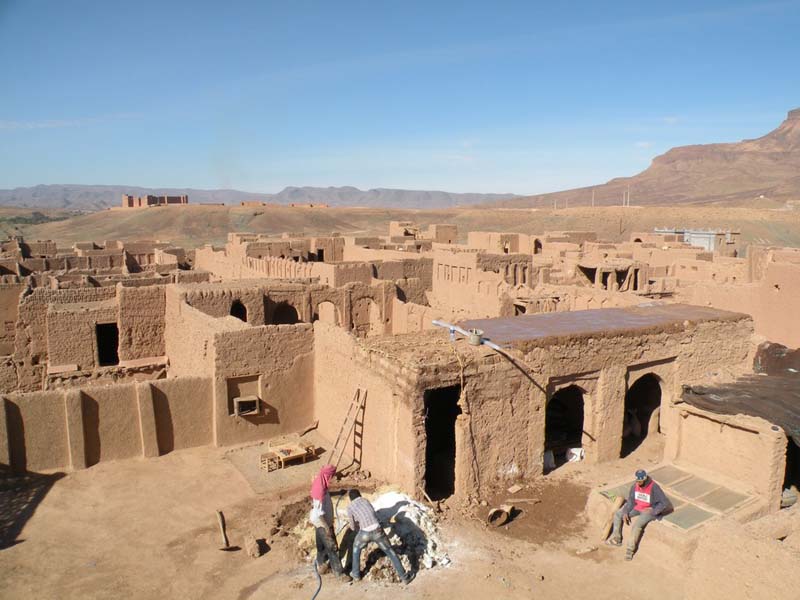
Traditional village, Tamnougalt, Morocco, 16th century. The buildings, constructed of stone, mud brick, rammed earth and various timbers, are being restored using traditional materials and techniques by local tradespeople. Photograph by Caroline Engel Purcell, 2015.
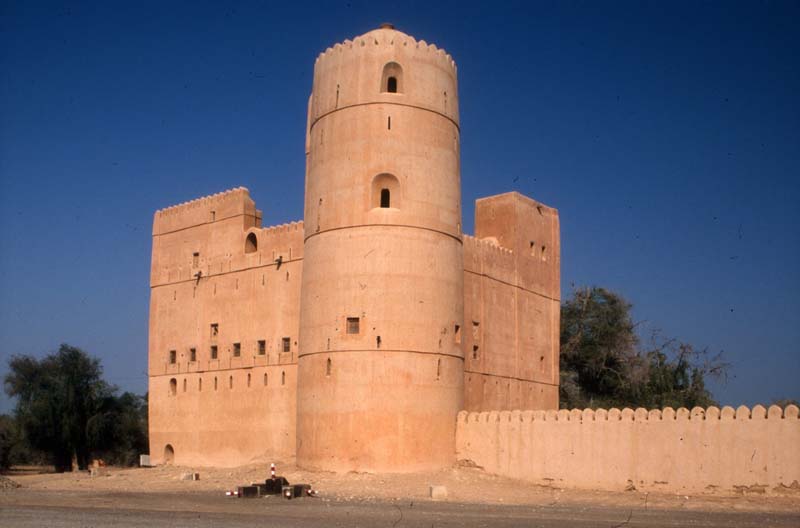
Bayt an Naman, Barka, Oman, late 17th century. Originally a rest house constructed of mud brick, it was remodeled as a fortified castle in the late 18th century. Photograph by Dell Upton, 2004.
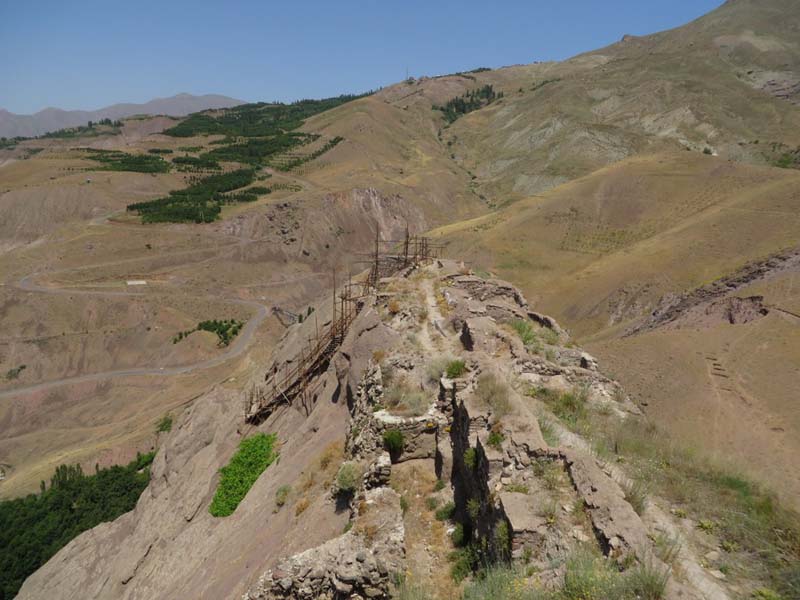
Alamūt Castle, Qazvin, Iran, 1090–1256. This Isma’ili fortress was constructed on a rocky crest 2,000 meters high and was never taken by force. This view of the northern cape shows the water reservoir, towers and guardrooms. Photograph by Lorenzo Vigotti, 2013.